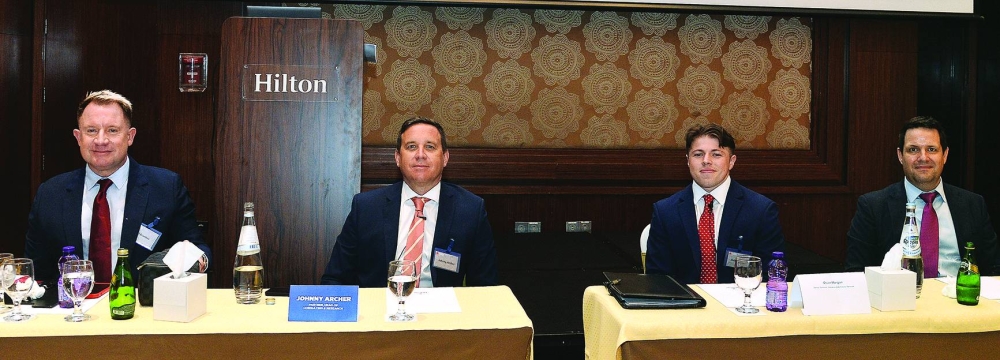Qatar’s hotel sector witnessed significant developments with the total supply of rooms increasing by more than 8,000 over the past 18 months amid rising tourist arrivals this year, Cushman & Wakefield Qatar’s ‘Q2 Real Estate Market Review’ has reported.
According to the review, Qatar’s total supply of hotel rooms now stands at more than 38,000 and is expected to surpass 40,000 rooms by the end of 2023.
“This recent increase in supply will be supplemented by some significant additions to the market in the coming months, including Andaz Doha, Four Seasons Resort and Residences at The Pearl Island, NH Collection Oasis Doha Hotel, Rixos Qetaifan North, Rosewood Doha, and Waldorf Astoria West Bay,” it stated.
Citing Planning and Statistics Authority (PSA) figures, the review stated that Qatar welcomed more than 1.75mn visitors between January and May 2023, up by 0.58mn or a 206% year-on-year (y-o-y) increase.
“While the intervening years have been impacted by the blockade and by Covid-19, the number of arrivals has surpassed the previous five-month record from 2017 by 28%. Approximately 685,000 visitors from the GCC arrived in Qatar over the first five months of 2023, mostly from Saudi Arabia.
“This accounts for 38.7% of total visitors, highlighting the importance of the restoration of diplomatic ties in the region. PSA statistics showed that there was a slight fall in occupancy between Q1 2023 and Q1 2022 from 57% to 54%; however, the supply of rooms over this period had increased substantially. Occupancy rates for April and May were recorded at 47% and 56%, respectively compared to 44% and 57% last year. Average Daily Rates for the entire hotel sector in Q1 dropped from QR458 to QR434 y-o-y. This fell to QR444 in April and QR401 in May,” stated the review.
It also stated, “Qatar’s hospitality sector faces considerable challenges over the coming years, not only in building room occupancy but also in supporting the significant increase in associated restaurants. Early signs of increased visitor numbers post-World Cup have been positive; however, a significant increase in these numbers will need to be sustained over the longer term.”
On the other hand, the ‘Q2 Real Estate Market Review’ also provided an overview of Qatar’s retail market. It revealed that “retail rents and occupancy are under pressure despite increases in retail spending.”
Citing Oxford Economics, the review stated that Qatar’s total nominal retail sales last year was approximately QR53.6bn, the highest recorded rate since 2018, albeit with sales impacted by Covid-19 in the intervening period.”
“When compared to pre-Covid sales figures, the World Cup did not appear to result in a major boost to annual retail sales. Retail spending has been projected to increase to more than QR57bn in 2023, supported by increased tourist numbers, economic growth, and a growing number of high-profile international retail outlets in the country.
“Qatar’s disposable income levels are also among the world’s highest, reflecting $97,096 in December 2022, when adjusted by purchasing power parity. Despite improving underlying metrics, Qatar’s retail real estate sector remains under pressure due to the significant increase in retail floor space that has been delivered since 2015,” it stated.
The review also said, “Several retail developments continue to attract healthy footfall and benefit from high occupancy rates; however, many older malls or recently opened projects are struggling to build and maintain high occupancy rates.
“Despite some prime developments enjoying full occupancy, the overall vacancy rate across Qatar’s main retail malls has fallen below 80%. Generous rent-free incentives, fit-out contributions, and turnover rent arrangements remain available to retailers in many developments looking to increase their occupancy rates.”
Qatar
Spike in 2023 tourist arrivals lifts hotel performance; number of keys up by 8,000 in 18 months

Edd Brookes (left), general manager of Cushman & Wakefield Qatar, joins the rest of the team during a seminar Wednesday. PICTURE: Shaji Kayamkulam.

